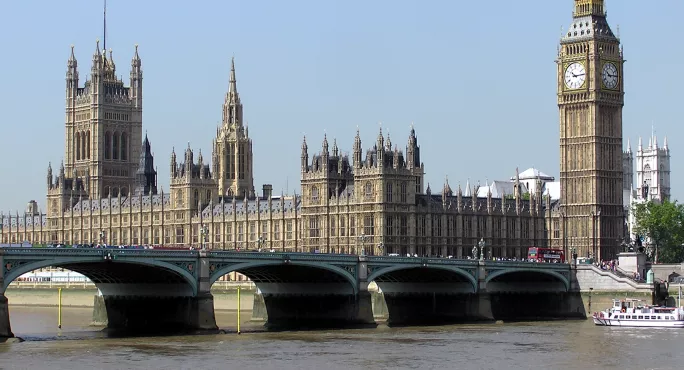- Home
- ‘3 ways government must help schools to close the gap’
‘3 ways government must help schools to close the gap’

The word “unprecedented” has become common parlance over the past couple of months. So much so that I now find myself apologising for using it.
But the reality is that these are unprecedented times.
Normality has been paused and we cannot begin to measure the impact that this pandemic has had, and will continue to have, on society, the economy and on our day-to-day lives as citizens.
But we can use the best available evidence we have to guide us in our response.
We also have to use our best policy thinking, striving to achieve the right balance between achieving our aims and being pragmatic and working within parameters that are both affordable and deliverable.
Bringing together the evidence with our collective experience in policymaking, the Education Policy Institute (EPI) has set out a series of recommendations to government that seek to minimise the impact of Covid-19 on the attainment gap.
Coronavirus: Tackling the widening attainment gap
1. Targeted funding for key phases
Even before the pandemic, EPI research found that by age 16, the gap between disadvantaged pupils and their peers was just over 18 months and had stopped closing in recent years.
While we can’t say for certain what will happen to the gap over the next few years, existing research on the impact of lost learning due to school absences and summer holidays suggests that, left untreated, the gap will almost certainly widen.
So we are calling for the government to make additional, targeted funding available to the pupils who are likely to need it most; those in the early years, entering Year 1, Year 7, Year 11 and Year 13, plus those who are or have been looked after by the state.
We are also recommending that the government funds post-16 places for pupils in alternative provision, addressing an important gap in current provision.
We are not suggesting that other pupils won’t need additional support - they almost certainly will.
But we need a realistic, emergency package for schools and it needs to prioritise children who are going through key transition points.
2. Inclusion and pastoral support
We are also urging the government to issue fresh guidance to schools on inclusion.
Overwhelmingly, the concerns we have heard from teachers and school leaders working on the front line relate to how they can best support children’s pastoral needs when schools fully reopen.
Following the lockdown and the summer break, pupils may well return to school having suffered bereavement, abuse or neglect. Many of these pupils may well already be vulnerable.
And so while decisions on exclusions should remain with headteachers and governing bodies, we are worried that any increase in the rate of exclusions may continue to fall disproportionately on disadvantaged pupils.
Children eligible for free school meals are already more likely to be permanently excluded than their peers and EPI’s recent research found that looked-after children, those with mental health needs and poor children are all disproportionately more likely to experience an unexplained move out of their school.
But we also recognise that schools cannot repair the consequences of the pandemic in isolation.
3. Support services must return
Funding for local authority children’s services has been cut by around 20 per cent per child, in real terms, over the past decade.
This includes a cut of £1 billion to Sure Start Children’s Centres (resulting in the closure of around 1,000 centres) and a cut of around £900 million to youth services.
During the lockdown, the lack of these wider support services has been felt more acutely, and schools have had to work even harder to compensate.
If we want to give schools the best possible chance of supporting pupils’ learning and we want to close the attainment gap in spite of the biggest post-war crisis this country has seen, then we need to provide more funding to children and young people’s services.
The NHS and schools have been the backbone of this lockdown, but we cannot leave it on their shoulders alone.
In the research community, we often look back at what happened and consider what government or others should do as a result. We cannot afford to wait and see this time.
Without swift government action, we may let down a generation of disadvantaged young people, many of whom have already been failed by the system.
Natalie Perera is the executive director and head of research at the Education Policy Institute
Keep reading for just £1 per month
You've reached your limit of free articles this month. Subscribe for £1 per month for three months and get:
- Unlimited access to all Tes magazine content
- Exclusive subscriber-only stories
- Award-winning email newsletters